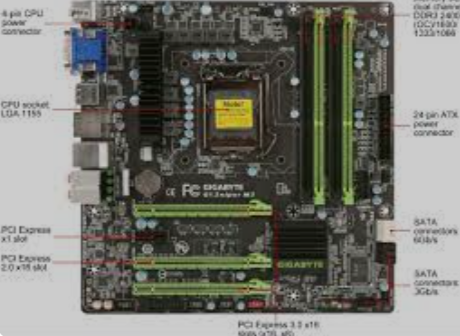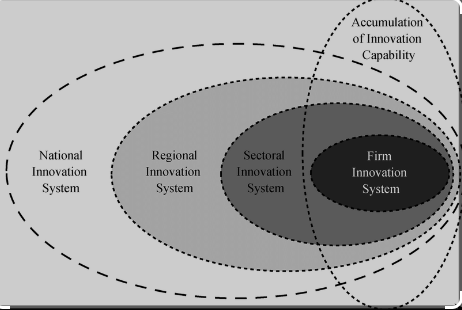The Game Award for Game of the Year 2023: Celebrating Gaming Excellence
Introduction
The Game Awards, an annual event that celebrates the best achievements in the gaming industry, has become a highly anticipated and prestigious occasion. One of the most coveted awards at The Game Awards is the Game of the Year. As we look towards the future, it’s exciting to speculate about the potential contenders for the Game of the Year award in 2023. In this blog, we will explore the possibilities and discuss some of the most anticipated games that could emerge as strong contenders for the Game of the Year award at The Game Awards 2023.

- The Evolution of Game of the Year
The Game of the Year award is an accolade that recognizes the pinnacle of gaming excellence. Over the years, this prestigious award has been bestowed upon games that have pushed the boundaries of storytelling, gameplay mechanics, visual design, and innovation.
The previous winners of the Game of the Year award at The Game Awards have set high standards for future contenders. Games like The Legend of Zelda: Breath of the Wild, God of War, and The Last of Us Part II have all received this esteemed recognition, showcasing their exceptional quality and impact on the industry.
- Potential Contenders for 2023
As we look ahead to The Game Awards 2023, several highly anticipated titles have the potential to be strong contenders for the Game of the Year award. While it’s impossible to predict the future with certainty, here are a few games that could make a significant impact:
a. “Elden Ring”:
Developed by FromSoftware in collaboration with George R.R. Martin, “Elden Ring” has generated immense excitement among gamers. This highly anticipated action role-playing game combines the unique storytelling of Martin with FromSoftware’s renowned gameplay style. With its vast open world, challenging combat, and rich lore, “Elden Ring” has the potential to captivate players and deliver a truly memorable gaming experience.
b. “Starfield”:
“Starfield” is an upcoming space-themed role-playing game developed by Bethesda Game Studios. With a focus on exploration and immersion, this game aims to create a rich and detailed universe for players to discover. As the first new IP from Bethesda in over 20 years, “Starfield” has generated significant buzz and anticipation. If it successfully delivers on its promises of a compelling narrative, immersive gameplay, and a vast open world, it could be a strong contender for the Game of the Year award.
c. “Horizon Forbidden West”:
The highly anticipated sequel to “Horizon Zero Dawn,” “Horizon Forbidden West” is set to continue the story of Aloy in a post-apocalyptic world filled with robotic creatures. With its stunning visuals, engaging combat, and a captivating storyline, the original game garnered critical acclaim. If “Horizon Forbidden West” manages to build upon the success of its predecessor, expanding on its world, characters, and gameplay mechanics, it could be a frontrunner for the Game of the Year award.

d. “Metroid Prime 4”:
As a highly anticipated installment in the beloved “Metroid Prime” series, “Metroid Prime 4” has long been awaited by fans. Developed by Retro Studios, this action-adventure game promises to deliver a thrilling and immersive experience in the Metroid universe. If it successfully captures the essence of the previous games while introducing new gameplay elements and a captivating narrative, “Metroid Prime 4” could be a strong contender for the Game of the Year award.
e. “Final Fantasy XVI”:
The “Final Fantasy” series has a long-standing reputation for delivering epic and emotionally charged storytelling. “Final Fantasy XVI” aims to continue this legacy with a new installment set in a medieval fantasy world. With its breathtaking visuals, deep characters, and engaging combat system, the game has the potential to captivate both longtime fans and newcomers alike. If “Final Fantasy XVI” successfully delivers on its promises, it could be a strong contender for the Game of the Year award.
- Factors Influencing the Game of the Year Award
Several factors play a significant role in determining the Game of the Year. These include:
a. Innovation: Games that push the boundaries of innovation and introduce groundbreaking gameplay mechanics or storytelling techniques often garner attention and recognition.
b. Impact and Influence: Games that have a profound impact on the industry and influence the direction of future game development are often strong contenders for the Game of the Year award.
c. Technical Achievement: Games that showcase exceptional technical prowess, whether it’s in terms of graphics, sound design, or gameplay mechanics, stand out and are often recognized for their technical achievements.
d. Player Experience: Games that provide a captivating and immersive experience, resonating with players on an emotional level, have a higher chance of being considered for the Game of the Year award.

Conclusion
As we eagerly anticipate The Game Awards 2023, the possibilities for the Game of the Year award are wideopen. With highly anticipated titles like “Elden Ring,” “Starfield,” “Horizon Forbidden West,” “Metroid Prime 4,” and “Final Fantasy XVI” on the horizon, the competition is set to be fierce. These games have the potential to redefine the gaming landscape, offering captivating narratives, immersive gameplay, and technical excellence. Ultimately, the winner of the Game of the Year award at The Game Awards 2023 will be a game that not only meets but exceeds players’ expectations, leaving a lasting impact on the industry and players alike.



















